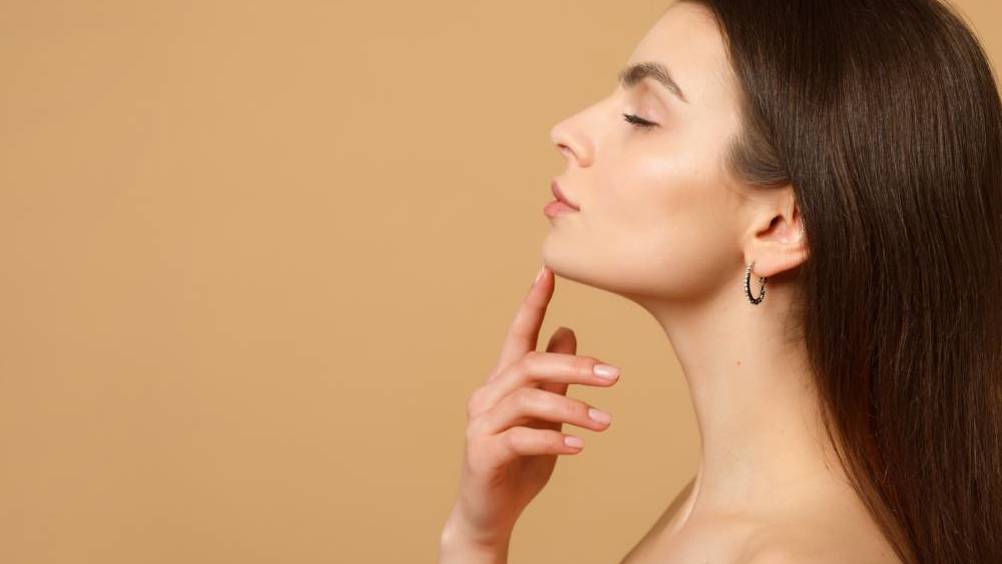References
Focusing on chin augmentation: treating the lower face using dermal filler

Abstract
Aesthetic treatments to enhance body parts, such as the lips, cheek and jaw, are on the rise, and chin augmentation in particular is a popular choice. Alex Henderson details the process behind lower face augmention and considerations that should be made

Positive ageing procedures are sought to improve a range of aesthetic concerns among both men and women. This demand is continuing to rise worldwide. Treatment demands consist of lip, cheek, jaw and chin enhancements. Overall, the purpose of said treatments are for the enhancement of self-confidence. Not only does this positively impact on a person's mental well-being, it is said to improve life in many ways; for example, better job opportunities, more confidence in relationships, confidence in social situations and so forth (Wang et al, 2016). There is a rise in aesthetic patients adapting the attitude that a youthful appearance is the best thing you can wear (Swift and Remington, 2011), with youthfulness defined as smooth, dewy skin, full cheeks, plump lips and a tight jawline. This is recognised as defining beauty, so many men and women seek out profile-balancing treatments.
Register now to continue reading
Thank you for visiting Journal of Aesthetic Nurses and reading some of our peer-reviewed resources for aesthetic nurses. To read more, please register today. You’ll enjoy the following great benefits:
What's included
-
Limited access to clinical or professional articles
-
New content and clinical newsletter updates each month


